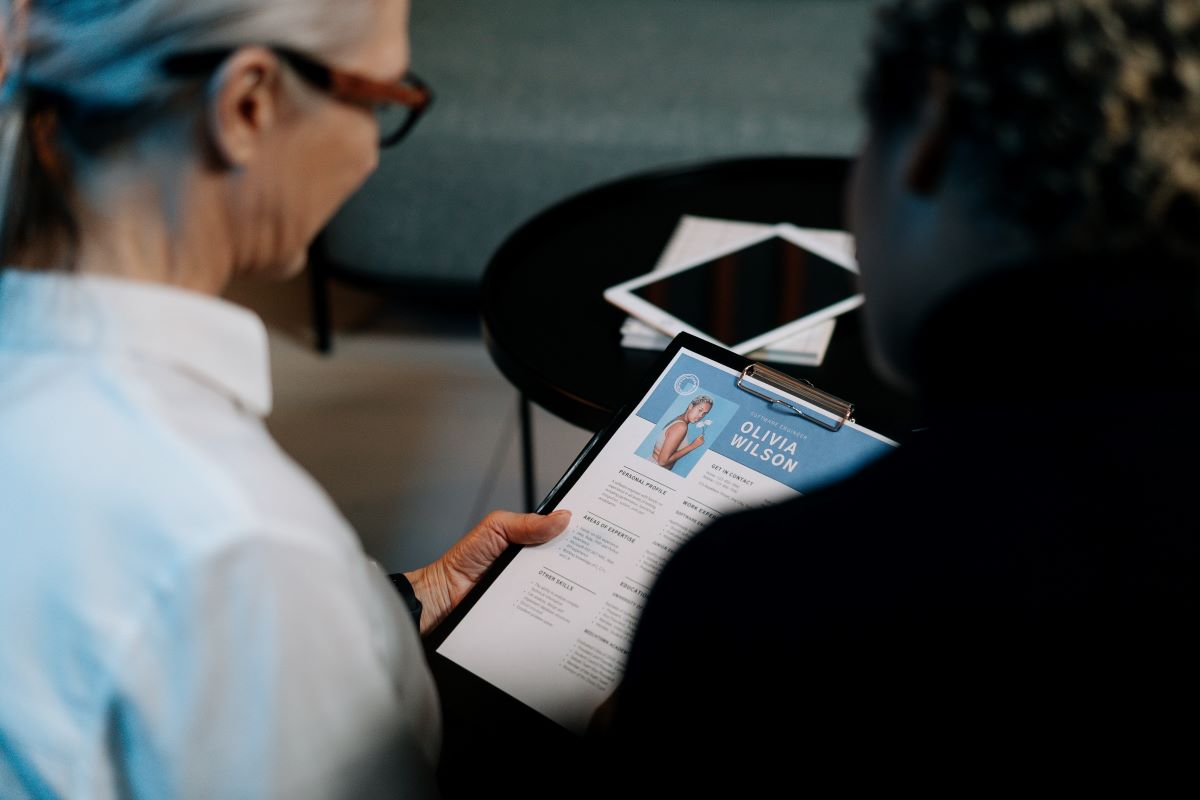Retail Security: Tips and Tricks for Businesses

Naturally, you’re going to be experiencing a high level of demand from customers. More people will be visiting your store and website, which means your security needs to be perfect. If it isn’t, you’re playing a dangerous game, as it only takes one individual to wreak havoc on a business; whether it’s by stealing expensive goods or hacking sensitive online data.
But don’t worry, though, as this short guide is here to help all retail managers. Let’s dive into the tips and tricks.
Install High-Quality Security Cameras and Alarms
Firstly, it’s important to make sure that your retail store is covered from the outside to the inside with appropriate security measures. Of course, security cameras and alarms are the best course of action, but you should install an interactive system rather than a traditional one. What this means is that you will be able to monitor your cameras and alarms in real-time through your own devices, such as smartphones and computers. Plus, you’ll have access to professional support from your provider when anything goes wrong. To get started, visit http://www.quickresponse.net/slider-detail/asap-psap
Limit the Number of Customers Allowed in Your Store at One Time
Nowadays, people are a lot more conscious about their health, which is why mask-wearing and hand sanitizers have become incredibly common. Therefore, it’s recommended that you consider limiting the number of people allowed in your store at one time, especially if the government is advising that you do so. This way, shoppers will be able to buy your products more efficiently without being overcrowded.
Plus, fewer people in your store means managing crime is made easier.
Hire a Security Guard
A security guard is one of the best deterrents when it comes to potential criminals. When somebody walks into a retail store planning on stealing some goods, they will automatically think twice when they see that there is a security guard (or guards) on sight.
Keep Stock Rooms Locked and Secured
Although most goods get stolen out front, it’s still a good idea to keep your stock rooms locked and secured. Also, only the relevant employees should have access to them. For example, cashiers likely won’t have any good reason to go into the stock rooms, so subsequently shouldn’t have access unless their roles change.
Store Customer Details Safely Online
If you also sell products online – or collect a lot of customer contact details digitally – then you need to make sure your cybersecurity is good.
Otherwise, you’ll risk having sensitive data stolen, such as bank details, which will then damage your brand’s reputation.
To boost your cybersecurity, it’s often a good idea to outsource it to a reputable cybersecurity company. Or, you can handle everything in-house, from installing anti-virus software and backing up your important data every couple of weeks.
Conclusion
If you’re a retail business, then you should use all of the tips from above. They will help to bolster your online and in-store security, protecting you and your customers to a better standard.





